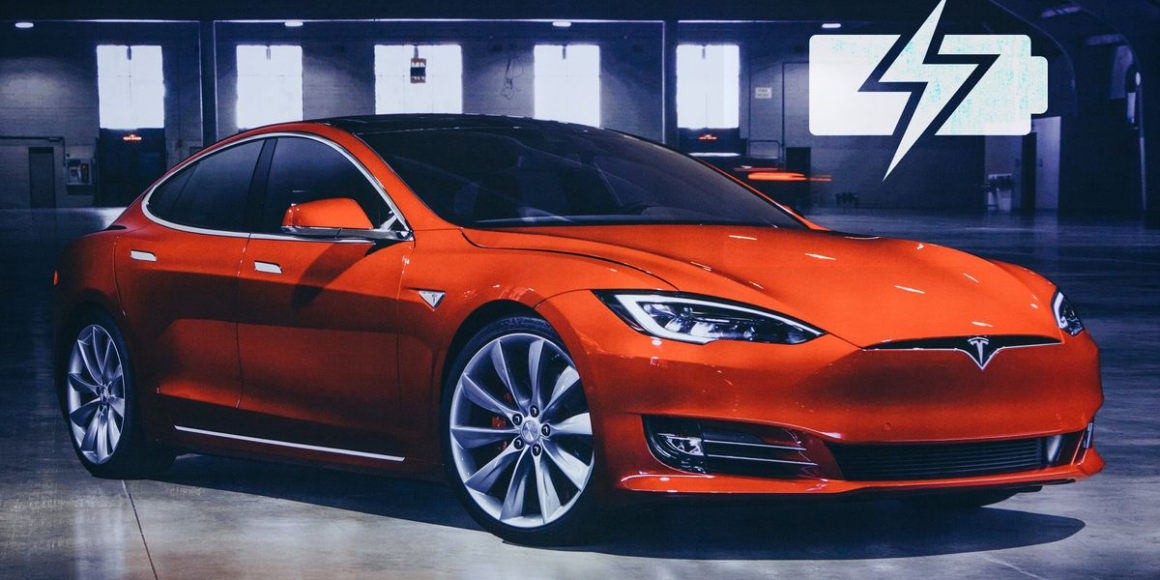In a mid-2023 Tesla earnings call, Musk seemed relieved to see prices for the battery metal had declined. “Lithium prices went absolutely insane there for a while,” he said. Lower battery prices will bring EVs closer to cost parity with internal combustion engines vehicles, leading to wider adoption and increased demand.
Read on to learn more about where Tesla gets its lithium, how much lithium is in a Tesla battery and what the EV maker is doing to better secure its lithium supply chain.
Tesla has deals with multiple lithium suppliers, some that are already producers and some that are juniors developing lithium projects.
Tesla vehicles use several different battery cathodes, including nickel-cobalt-aluminum (NCA) cathodes and lithium-iron-phosphate (LFP) cathodes.
As mentioned, it wasn’t just lithium that saw prices climb in 2021 — cobalt doubled in price that same year, and although it has declined since then, the battery metal remains essential for many EV batteries. Most cobalt mining takes place in the Democratic Republic of Congo, which is often associated with child labor and human rights abuses, fueling concerns over long-term supply.
That said, not all Tesla’s batteries contain cobalt. In 2021, Tesla said that for its standard-range vehicles it would be changing to lithium-iron-phosphate (LFP) cathodes, which are cobalt- and nickel-free. At the time, the company was already making vehicles with LFP chemistry at its factory in Shanghai, which supplies markets in China, the Asia-Pacific region and Europe.
Tesla works with multiple battery suppliers, including Panasonic, its longtime partner, as well as LG Energy Solutions, the second largest battery supplier in the world. They supply the EV maker with cells containing nickel and cobalt.
How much lithium do Tesla batteries actually contain? That question is tricky because many factors are at play. Typically, it depends on battery chemistry, as demonstrated by the chart below, as well as battery size.
The amount of lithium in a Tesla battery can also vary based on model and year as the battery chemistries and weights are often changing with each new iteration.
Back in 2016, Musk said batteries don’t require as much lithium as they do nickel or graphite — he described lithium as “the salt in your salad.” As the chart below shows, the metal only makes up about a 10th of the materials in each battery.
But a key factor to remember is volume — given the amount of batteries Tesla needs to meet its ambitious goals, it could hit a bottleneck if it can’t secure a steady supply of raw materials. Of course, this is true not just for Tesla, but for every carmaker producing EVs today and setting targets for decades to come.
For carmakers, securing lithium supply to meet their electrification goals is becoming a challenge, which is why the question of whether they will become miners in the future continues to come up.
Even so, OEMs are coming to the realization that they might need to build up EV supply chains from scratch after the capital markets’ failure to step up, Benchmark Mineral Intelligence’s Simon Moores believes. Furthermore, automotive OEMs that are making EVs will in effect have to become miners.
“I don’t mean actual miners, but they are going to have to start buying 25 percent of these mines if they want to guarantee supply — paper contracts won’t be enough,” he said.
This is an updated version of an article first published by the Investing News Network in 2022.
Securities Disclosure: I, Melissa Pistilli, hold no direct investment interest in any company mentioned in this article.
Editorial Disclosure: The Investing News Network does not guarantee the accuracy or thoroughness of the information reported in the interviews it conducts. The opinions expressed in these interviews do not reflect the opinions of the Investing News Network and do not constitute investment advice. All readers are encouraged to perform their own due diligence.


Leave a Reply